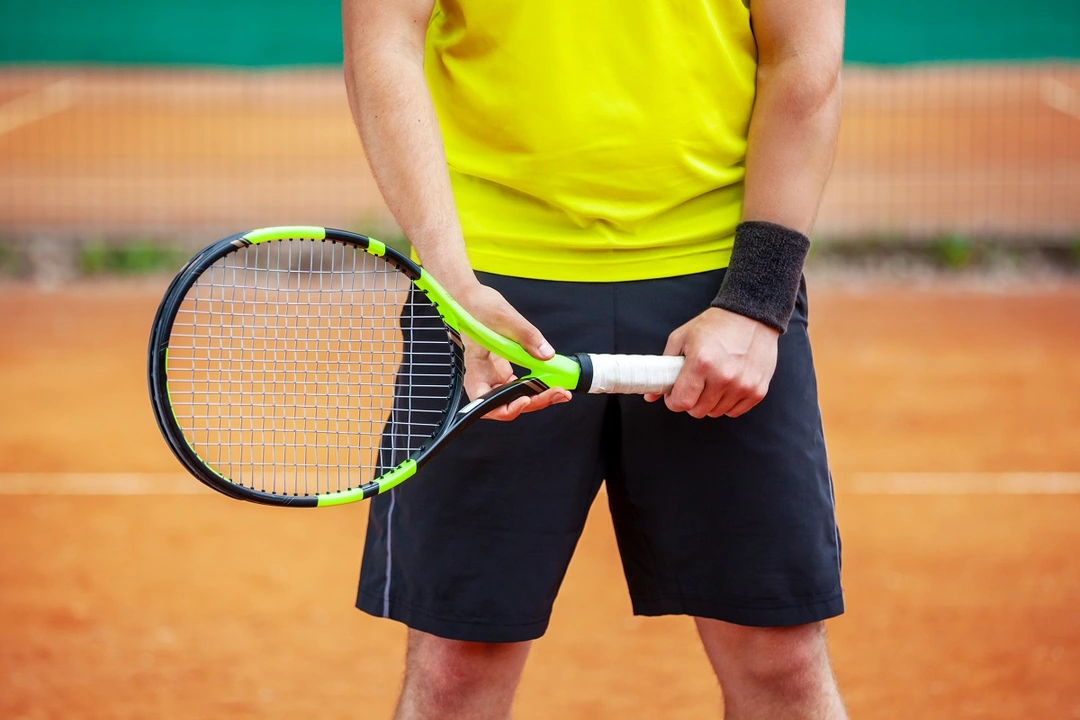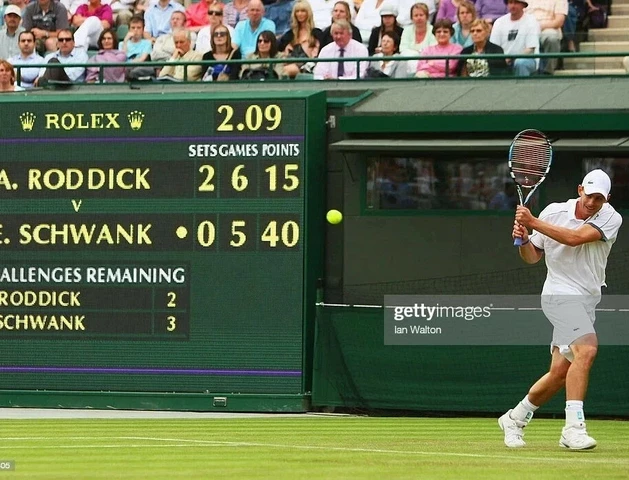Introduction: The Art of Racket Switching
As a tennis enthusiast and blogger, I have always been fascinated by the various strategies and techniques used by professional players in their matches. One particular aspect that has always intrigued me is the frequent changing of rackets by these players. In this article, we will explore the reasons behind this seemingly peculiar practice and delve into the various factors that contribute to this decision. So, without further ado, let's get started!
The Importance of String Tension
One of the primary reasons tennis players change their rackets during a match is to maintain optimal string tension. The tension of a racket's strings plays a crucial role in a player's performance, as it directly impacts the power, control, and feel of their shots. As a match progresses, the strings lose tension, which can negatively affect a player's game. By switching to a freshly strung racket, players can ensure that they are always playing with the ideal string tension for their style of play.
Weather Conditions and Their Impact
Another factor that can influence a tennis player's decision to change rackets is the weather. Temperature and humidity can have a significant impact on the performance of a racket's strings. For example, on hot and humid days, strings can lose their tension more quickly, necessitating more frequent racket changes. Conversely, in colder conditions, strings may become stiffer and less lively, prompting players to switch rackets to maintain their desired level of play.
The Role of Sweat and Grip
During an intense match, it's not uncommon for a player's hands to become sweaty. As a result, their grip on the racket handle may become slippery and less secure. Changing rackets allows players to maintain a strong and comfortable grip on their equipment, ensuring that they can execute their shots with precision and control.
Preventing Injuries with Fresh Grips
Moreover, using a fresh racket with a dry grip can also help prevent injuries. A slippery grip may force a player to grip the racket tighter, potentially leading to muscle strain or even more severe injuries, such as tennis elbow. By regularly changing rackets, players can minimize the risk of injury and maintain their optimal performance throughout the match.
Adjusting to Different Surfaces
Another reason why tennis players may change their rackets during a match is to adapt to different court surfaces. The bounce and speed of the ball can vary significantly depending on the court surface, and players may choose to use a racket with a different string tension or pattern to better suit the conditions. By making these adjustments, players can optimize their performance and gain a competitive edge over their opponents.
Psychological Factors: The Power of a Fresh Start
Believe it or not, there can also be psychological reasons behind a player's decision to change rackets during a match. A fresh racket can provide a mental boost and a sense of renewed confidence, particularly if a player has been struggling with their game. On the other hand, if a player has been performing well with a particular racket, they may feel more inclined to stick with it, believing that it is bringing them good luck.
Equipment Malfunctions and Damages
Sometimes, the reason behind a racket change can be as simple as a malfunction or damage to the equipment. Broken strings or a cracked frame can render a racket unusable, necessitating an immediate switch to a new one. In some cases, players may also choose to change rackets if they feel that their current one is not performing as expected, even if there are no visible signs of damage.
Personal Preferences and Superstitions
Each tennis player has their own unique preferences when it comes to their equipment, and these personal choices can also play a role in their decision to change rackets during a match. Some players may prefer to use a specific racket for their serve, while others may have a favorite racket for playing on a particular court surface. Additionally, some players may adhere to rituals or superstitions that influence their choice of racket and the frequency with which they change it.
Managing a Racket Rotation
When it comes to changing rackets, professional tennis players often employ a strategic racket rotation system. This system involves having several rackets, each strung at a slightly different tension, on hand during a match. By rotating through these rackets, players can continuously maintain their preferred string tension and ensure that they are always playing with a fresh and reliable piece of equipment.
Conclusion: Embracing the Art of Racket Switching
In conclusion, there are numerous reasons why tennis players change their rackets during a match, ranging from maintaining optimal string tension and adapting to different playing conditions, to personal preferences and superstitions. By understanding these factors and embracing the art of racket switching, players can optimize their performance on the court and ultimately enhance their overall game. As a tennis enthusiast, I hope this article has provided you with valuable insights into this fascinating aspect of the sport!



